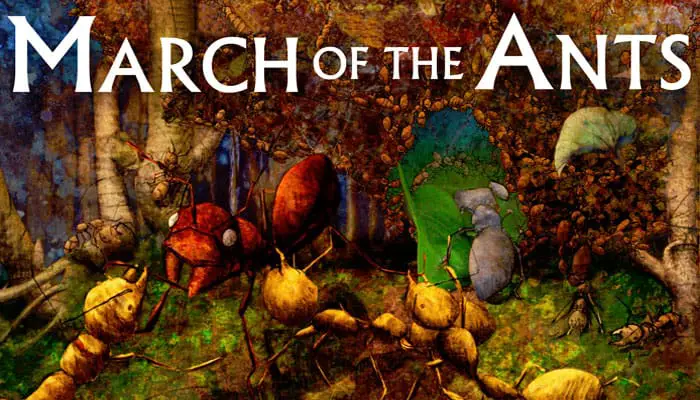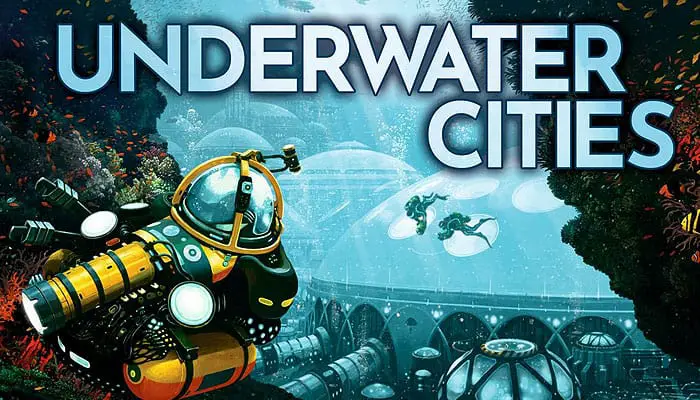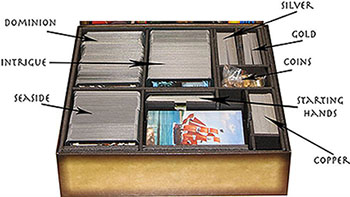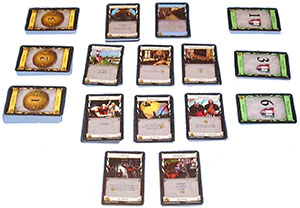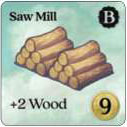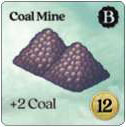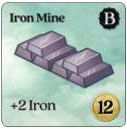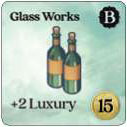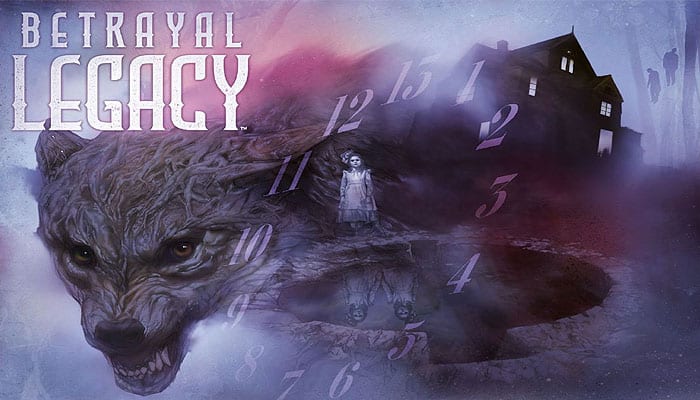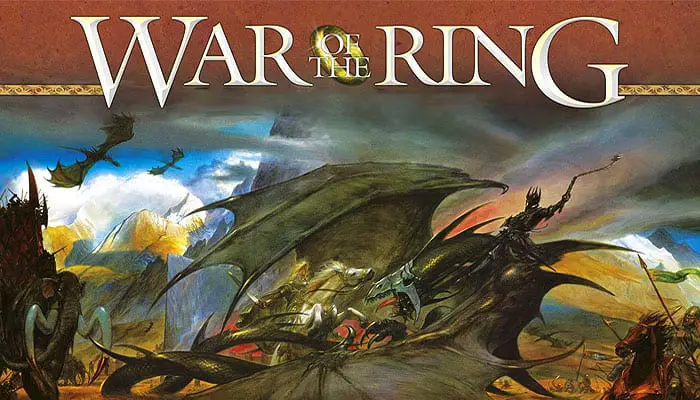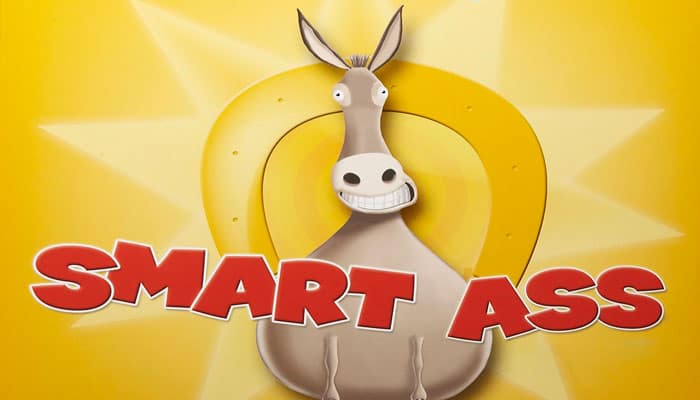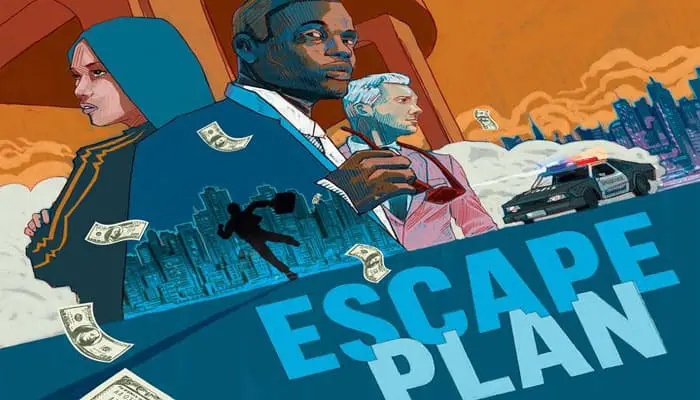
Escape plan is played over 3 rounds, each round representing one day. Over the course of a round, Police Officers spread throughout the city, populating the streets and closing off exits.
On their turns, players will use between 3 and 5 Actions to travel around the city recovering their hidden money, hiring gangs, visiting stores to buy disguises and open lockers, etc. Due to these actions, players' notoriety may increase, unlocking new abilities but in turn causing the Police Officers to be more aware of them. …



